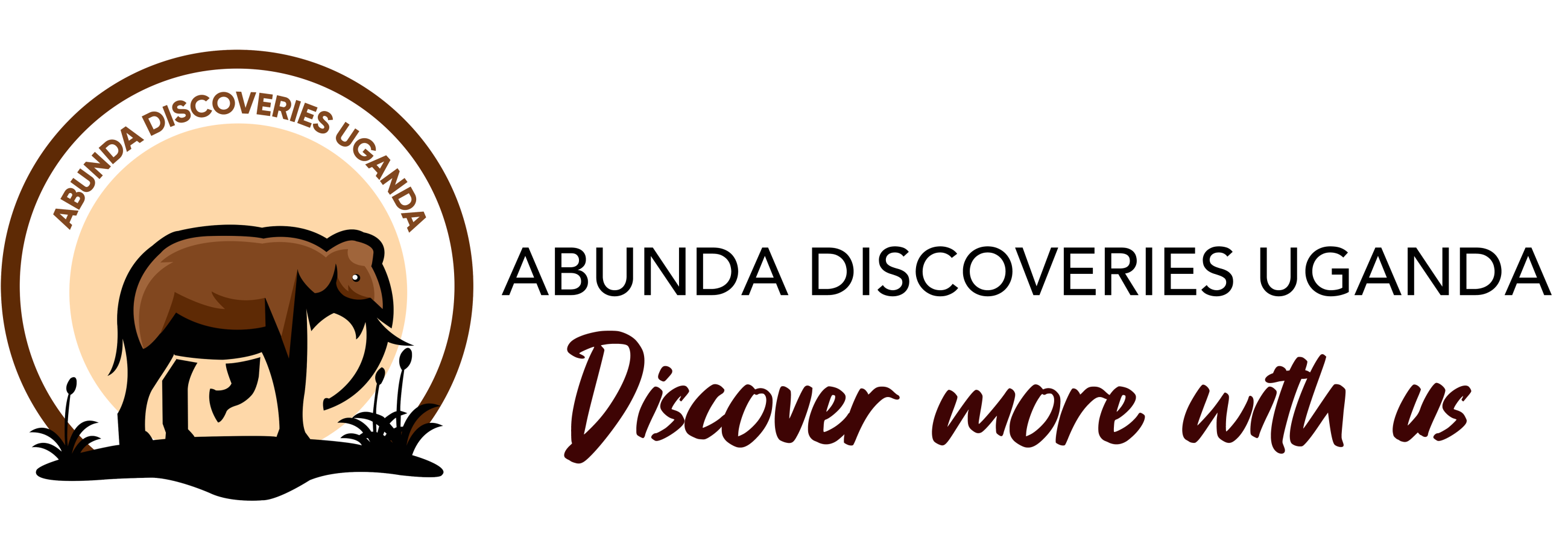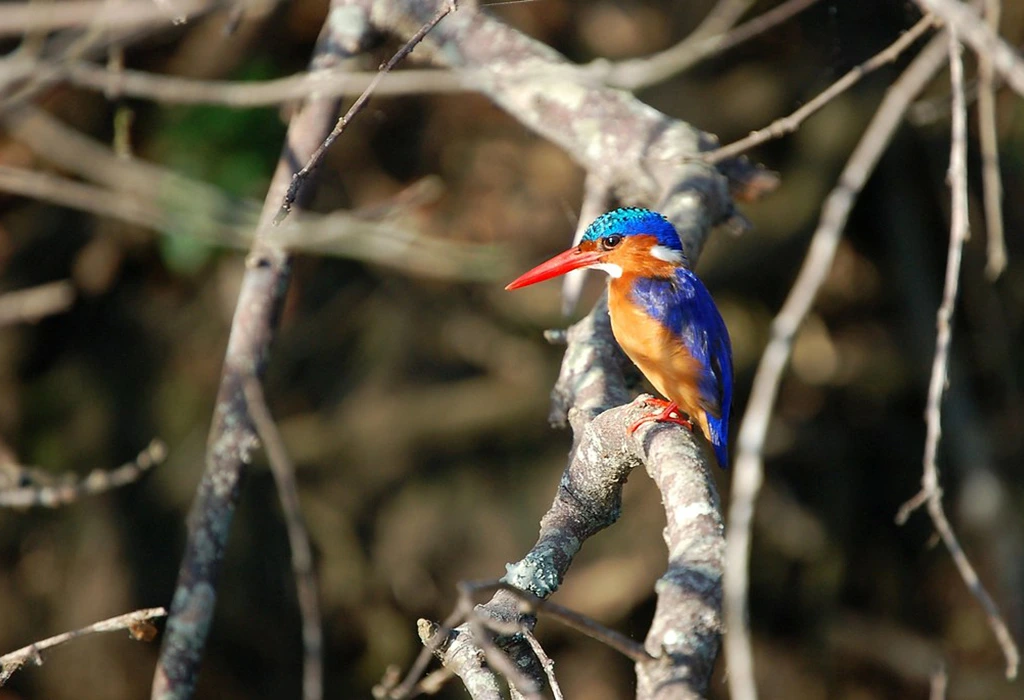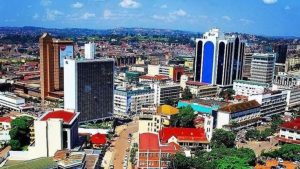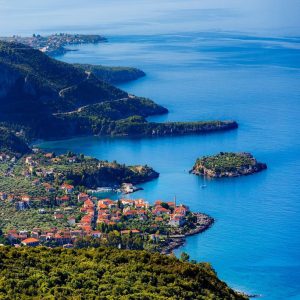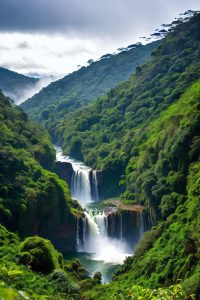Rwanda, affectionately known as the “Land of a Thousand Hills,” is fast becoming a premier destination for photography tours in Africa. With its dramatic landscapes, rare wildlife, and vibrant culture, Rwanda offers endless opportunities for stunning visual storytelling. Whether you’re an amateur shutterbug or a professional photographer looking for your next adventure, a photography tour in Rwanda promises unforgettable moments and breathtaking imagery.
This detailed guide answers the most questions related to photography tours in Rwanda. We provide everything you need to know about planning a trip, what to photograph, when to go, what gear to bring, and how to ensure ethical and impactful travel.
When is the Best Time for Photography Tours in Rwanda?
The best time for photography tours in Rwanda depends on what you want to capture. Rwanda experiences two dry seasons and two wet seasons, each offering unique photographic opportunities.
Dry Seasons (June to September and December to February):
These are the most popular times for wildlife and landscape photography. The skies are clearer, vegetation is thinner, and animals are easier to spot. Trekking for gorillas and chimpanzees is also more comfortable.
Wet Seasons (March to May and October to November):
Although trails can be muddy, the landscapes become lush and vibrant, perfect for dramatic landscape photography. Photographers interested in macro photography, flora, and birdlife may prefer this season.
What Are the Top Photography Destinations in Rwanda?
Rwanda offers a diverse range of ecosystems and cultural sites ideal for photography.
1. Volcanoes National Park
This park is world-renowned for its mountain gorilla treks. The misty jungles, volcanic peaks, and close encounters with endangered gorillas provide one-of-a-kind photo opportunities. Early morning treks often reward you with the best lighting conditions for capturing intimate wildlife moments.
2. Akagera National Park
Akagera is Rwanda’s only savannah park and home to the Big Five (lion, leopard, elephant, buffalo, and rhinoceros). This park is ideal for traditional safari photography. Expect golden hour shots over expansive grasslands and dramatic wildlife close-ups.
3. Nyungwe Forest National Park
One of Africa’s oldest rainforests, Nyungwe offers incredible biodiversity, including 13 primate species and over 300 bird species. Its canopy walkway, waterfalls, and dense green backdrop are perfect for both wildlife and landscape shots.
4. Lake Kivu
This tranquil lake offers incredible sunset shots, fisherman at work, and scenic boat rides. The lakeside towns of Gisenyi and Kibuye are ideal for capturing local life.
Keywords: Lake Kivu photography, Rwanda lakeside tours, best sunset photos Rwanda
5. Kigali City
Rwanda’s capital is modern and dynamic, with clean streets, bustling markets, and cultural landmarks like the Kigali Genocide Memorial. It’s a great setting for street and urban photography.
What Equipment Should You Bring on a Photography Tour in Rwanda?
Photography in Rwanda requires gear that can handle a variety of environments—from misty rainforests to sun-soaked savannahs. Here’s a checklist of essential equipment:
- DSLR or mirrorless camera with manual controls
- Wide-angle lens (16-35mm) for landscapes and architecture
- Telephoto lens (100-400mm) for wildlife photography
- Fast prime lens (50mm f/1.8 or 85mm f/1.4) for portraits and low-light shots
- Tripod for landscapes and long-exposure photography
- Extra batteries and memory cards
- Lens cleaning kit and rain covers
- Drone (with appropriate permits) for aerial shots
What Are the Best Photography Tours and Operators in Rwanda?
Booking a specialized photography tour ensures expert guidance, access to restricted areas, and optimal shooting schedules.
These tour companies offer packages ranging from 5 to 14 days, often including gorilla permits, lodging, transportation, and guides with photography experience.
What Cultural Photography Opportunities Exist in Rwanda?
Beyond wildlife and landscapes, Rwanda offers rich cultural experiences that make for compelling visual storytelling.
- Village Visits: Document daily life, traditional housing, and farming practices.
- Cultural Performances: Capture dancers in colorful attire performing Intore, a traditional warrior dance.
- Local Markets: Kigali’s Kimironko Market is vibrant and full of character.
- Genocide Memorials: Sites like Nyamata and Murambi offer solemn but powerful imagery.
Is Rwanda Good for Bird Photography?
Yes, Rwanda is a top birdwatching destination with over 700 species. Key bird photography locations include:
- Nyungwe Forest: Home to the Great Blue Turaco and other Albertine Rift endemics.
- Akagera Park: Look for the rare Shoebill Stork and numerous waterbirds.
- Rugezi Marsh and Gishwati Forest: Great for elusive species in lush environments.
What Are the Ethical Considerations for Photography in Rwanda?
Responsible photography helps preserve Rwanda’s natural and cultural integrity.
- Always ask permission before photographing people.
- Avoid using flash during wildlife encounters, especially with primates.
- Stay on designated paths to prevent ecosystem damage.
- Respect sacred sites like genocide memorials by observing guidelines.
What Should You Pack for a Photography Tour in Rwanda?
Alongside your gear, packing for comfort and practicality is essential.
- Lightweight, moisture-wicking clothing
- Waterproof hiking boots
- Insect repellent and sunscreen
- Hat and sunglasses
- Daypack for treks
- Reusable water bottle
How Do You Plan a Photography Tour in Rwanda?
Proper planning ensures a smooth experience:
- Secure Your Permits: Book gorilla and chimpanzee permits months in advance.
- Work with Licensed Operators: They can handle logistics, permits, and accommodations.
- Get Travel Insurance: Make sure it covers camera gear and adventure travel.
- Understand Entry Requirements: Visa on arrival is available for most nationalities.
- Vaccinations: Yellow fever vaccination may be required.
Why Should You Choose Rwanda for Your Next Photography Adventure?
Rwanda combines accessibility, safety, and spectacular biodiversity. Unlike many other safari destinations, Rwanda offers relatively compact travel distances, allowing you to explore multiple ecosystems in a single trip. Its people are friendly, and infrastructure is excellent for an African destination.
Unique advantages:
- Gorilla trekking experiences are unmatched.
- Diverse photo subjects: wildlife, culture, landscapes.
- Peaceful and safe environment.
Capture Rwanda, Inspire the World
Photography tours in Rwanda are more than a chance to snap beautiful images—they are opportunities to connect with nature, engage with people, and tell powerful stories. Whether you’re navigating the misty slopes of the Virunga Mountains or capturing the warmth of a local market, each frame contributes to a broader narrative about Rwanda’s resilience, beauty, and promise.
From gorilla trekking to cultural exploration, every aspect of Rwanda calls to be documented and shared. Plan your journey wisely, pack your essentials, and let your lens reveal the soul of this extraordinary country. Rwanda awaits your vision.
